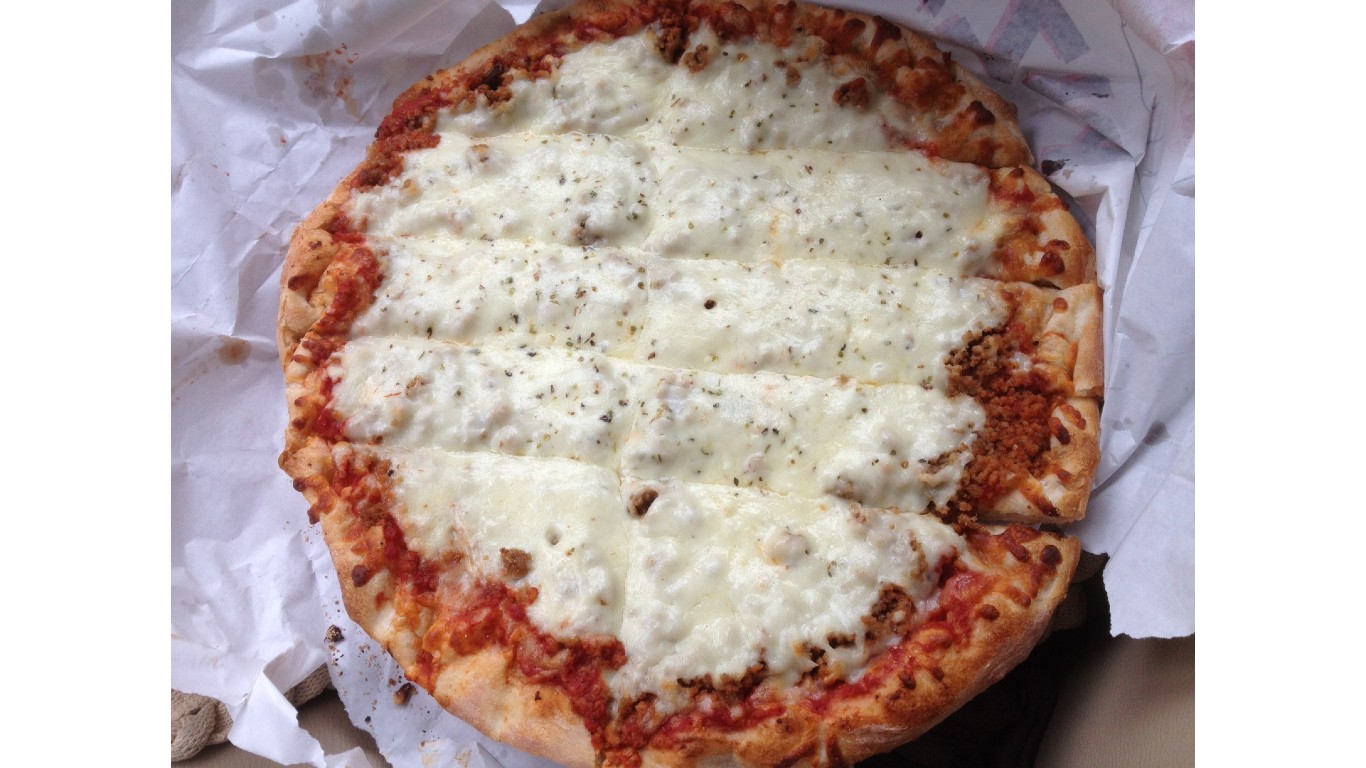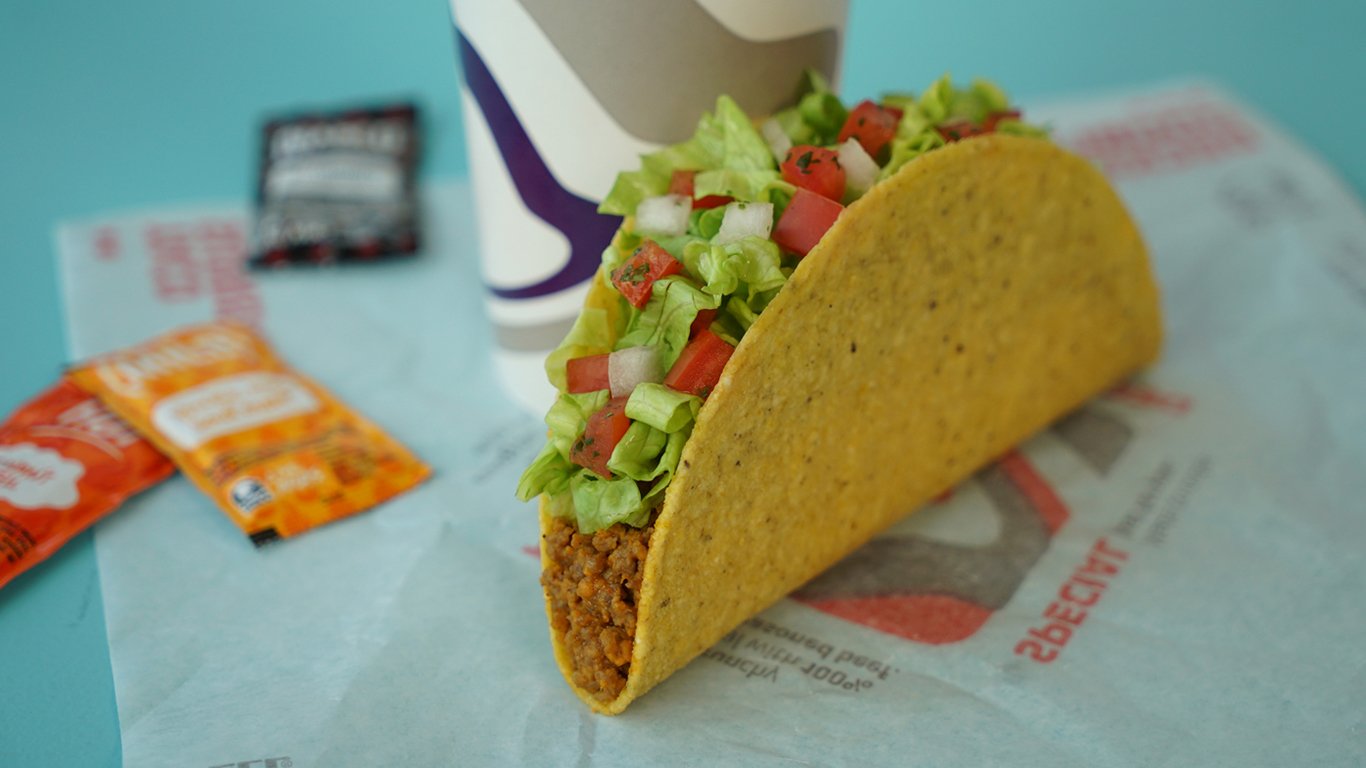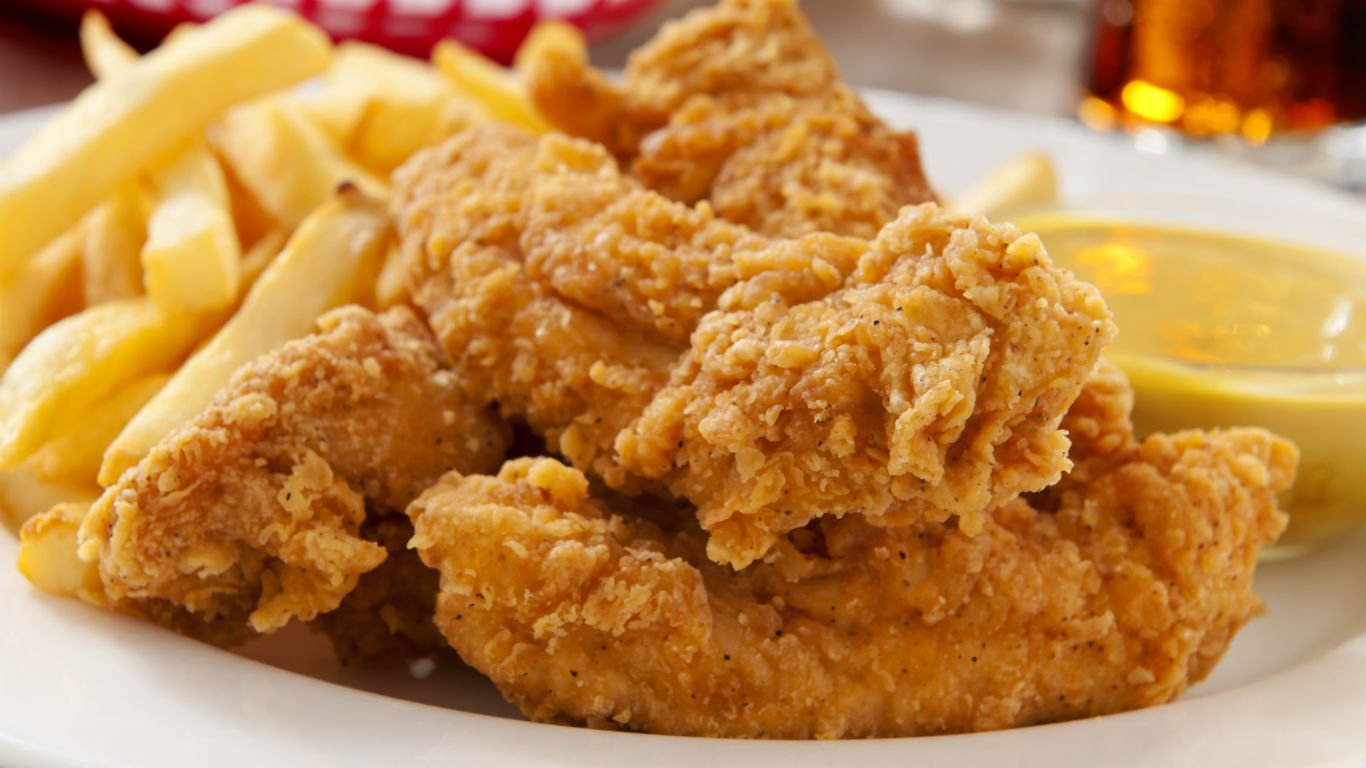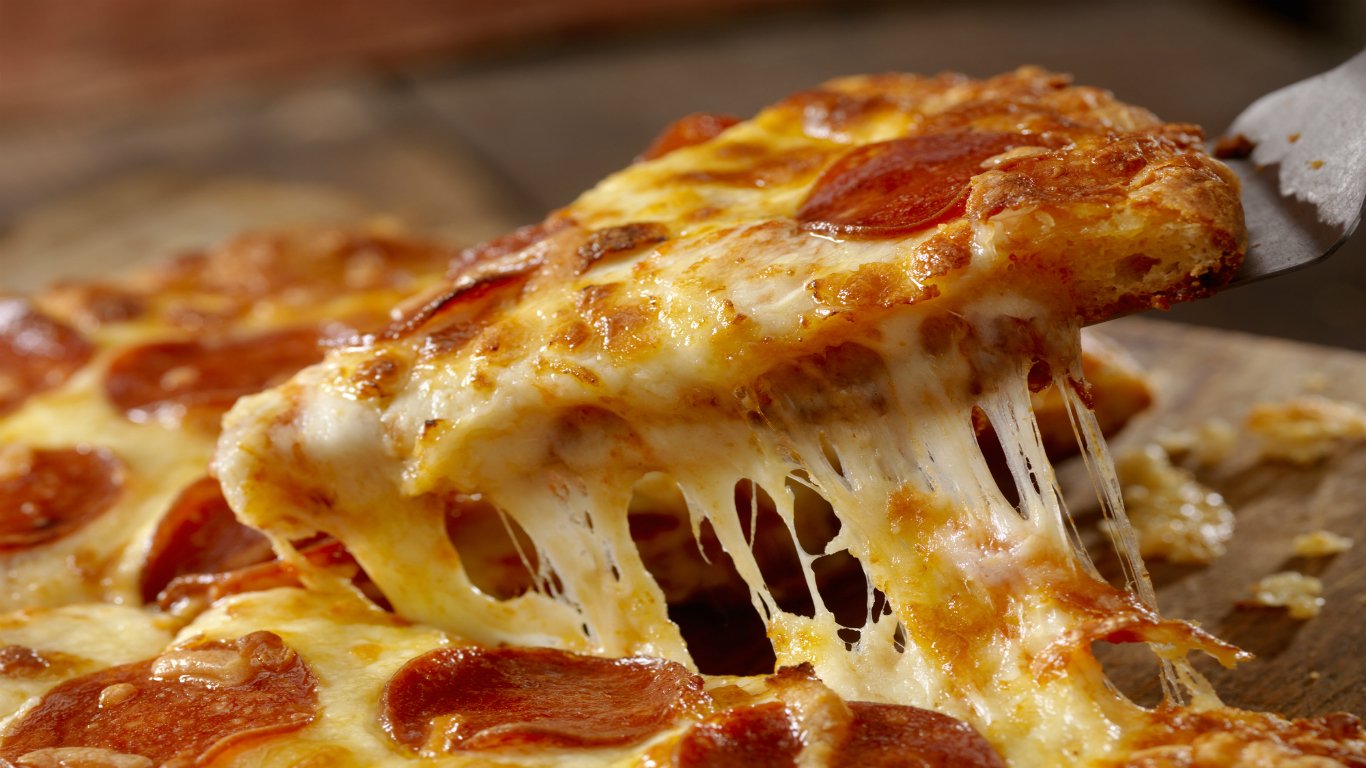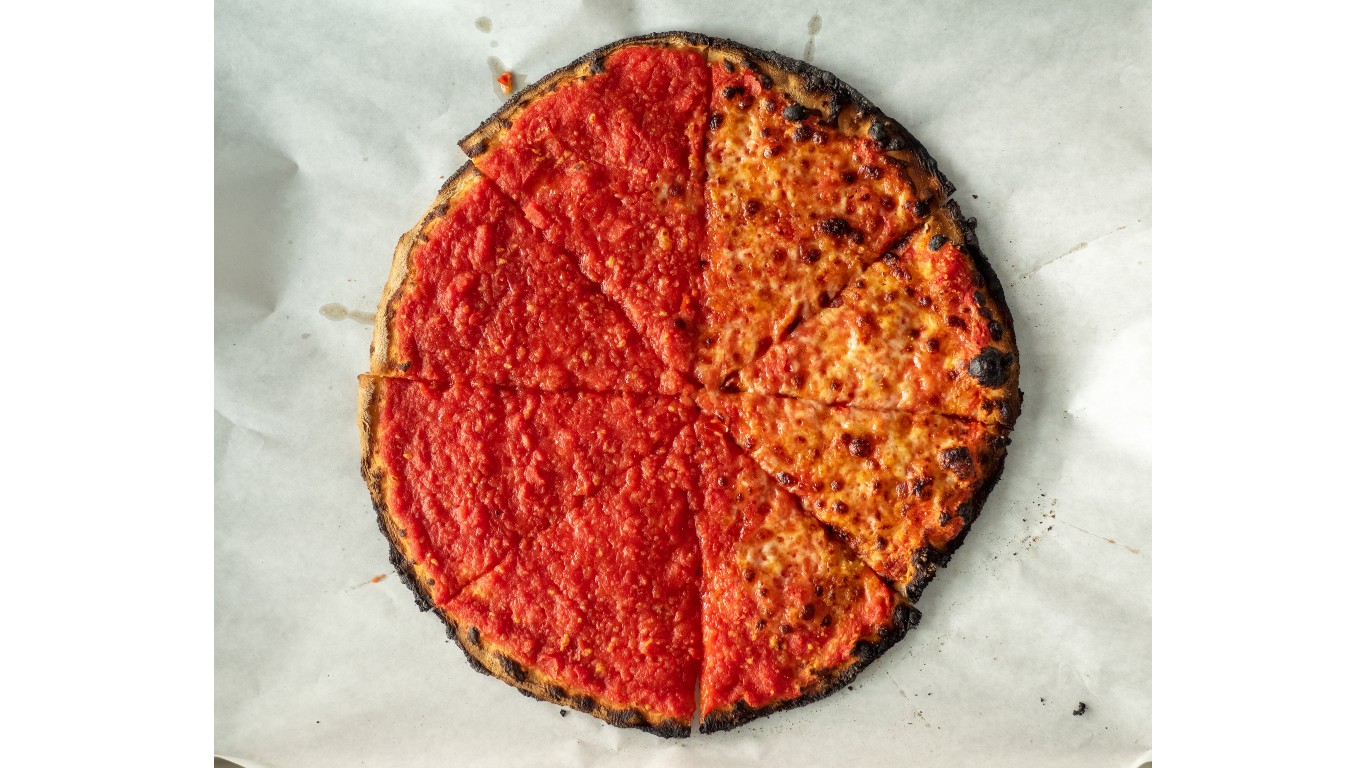

There are an estimated 77,000 pizzerias, including chain restaurant locations, around the U.S., and while a pie from Domino’s or Papa John’s will probably be pretty much identical from one corner of the country to another, every independent pizza shop goes its own way, depending on its oven, the nature of its crust, the toppings the pizza-maker (or customer) chooses to add.
An individual pizzaiolo’s preferences aren’t the only determining factor when it comes to pizza variety, however. Around the country today, there are restaurants (and also sometimes food trucks or stands) specializing in more-or-less authentic Neapolitan-, Sicilian-, even Argentinean-style pizza. (If you’re looking for pizza abroad, these are the best pizzerias in the world.)
Beyond those U.S.-made versions of classic pizzas from elsewhere, the American pizza scene is full of distinct regional variations – some of which would doubtless elicit expressions of scorn or even disbelief from Italian pizza connoisseurs, but all of which elaborate or improvise or simply riff on the Italian original in ways that make it something new and different. (This is the most popular pizza in every state.)
To compile a list of 15 of the best regional pizza styles in America – and there are many more – 24/7 Tempo consulted websites including The Daily Meal, Food & Wine, Serious Eats, Goldbelly, Mashed, and Atlas Obscura.
Different regions express their pizza preferences through the texture and composition of the crust, the type(s) of cheese favored, the herbs and spices added to the sauce, the order in which ingredients are applied, and of course the ingredients themselves. Are these variations “authentic?” Yes. Each one is an authentic expression of the culture of the place where it was born.
Buffalo
This upstate New York metropolis is most famous in the food world for its chicken wings, of course, but it’s a serious pizza town, too. The local pies tend to have light-textured crusts, with cheese reaching all the way to the edges. Pepperoni cups are a popular topping.
[in-text-ad]
California
Thank Wolfgang Puck (and his first pizza chef, Ed LaDou) at the original Spago in West Hollywood for this variation – basically a crisp, bready crust with non-traditional toppings, like goat cheese or duck sausage or, most famously, the “Jewish pizza” combining smoked salmon, crème fraîche, and dill (sometimes with caviar added). The California Pizza Kitchen chain (where LaDou later consulted) took the idea and ran with it – hence Korean BBQ steak pizza, etc.
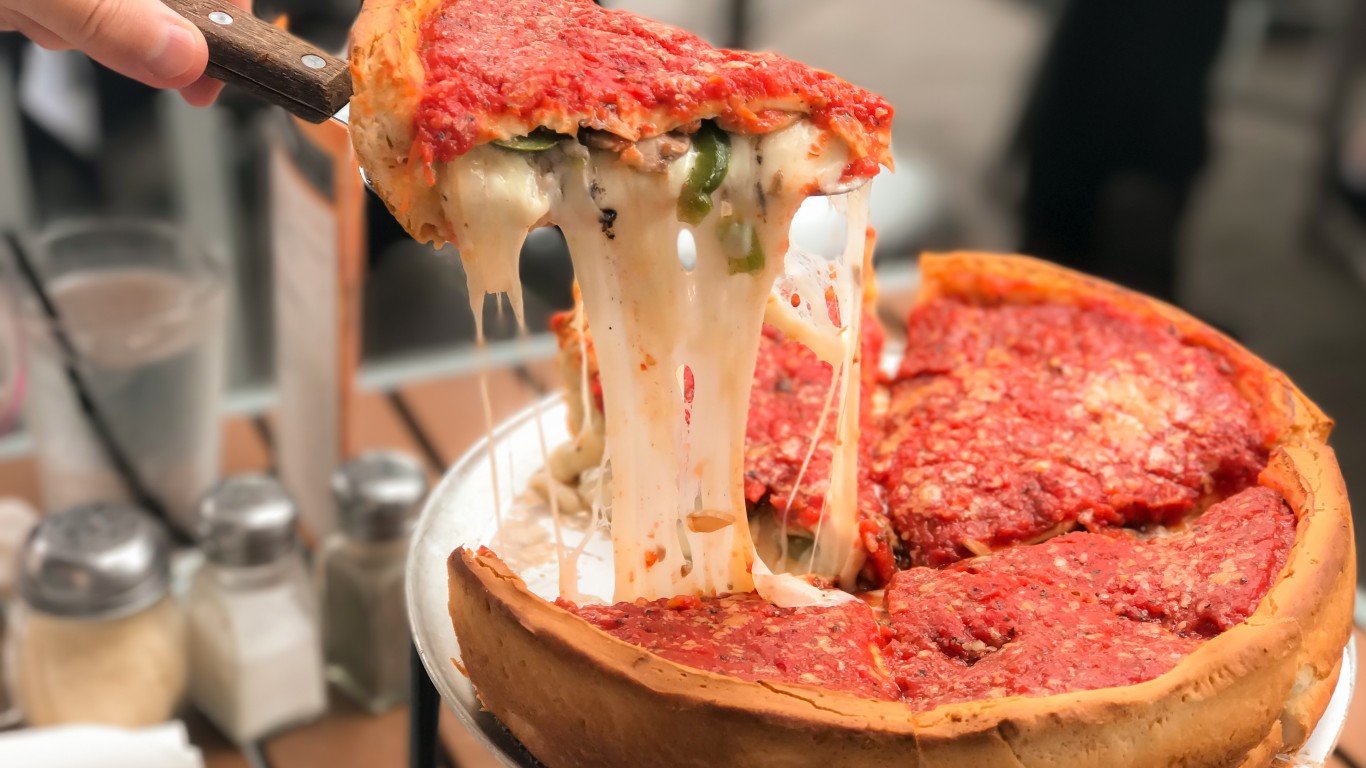
Chicago deep-dish
The Windy City actually claims three pizza styles – thin-crust (with a crust that is indeed very thin), usually cut into squares; deep-dish – which some pizza fans deride as “a casserole, not a pizza” (and indeed it bears little resemblance the the majority of other pizzas); and stuffed, which is like an extra-deep deep-dish with a layer of dough on top of the copious fillings. The variety best-known outside Chicago itself is the deep-dish, which dates back to the 1920s or ’30s, depending on who you believe.
Colorado (mountain pie)
Rarely if ever seen outside its home state, this is pie with a thick, braided crust enriched with honey, topped with an overabundance of cheese, meat, and other ingredients (the crust acts as a buffer to keep the toppings on the pizza). Beau Jo’s in Idaho Springs claims authorship of this style.
Dayton
Ohio is an unlikely innovator in the pizza world, with at least four regional styles of its own – Brier Hill (from Youngstown), Ohio Valley (born in Steubenville; see below), Columbus, and this unmistakable variation – with a crisp, cracker-thin crust and toppings that cover even square centimeter (sausage, meatballs, and pepperoni are popular). Dayton pizza is served “party cut” – in small, almost bite-size squares.
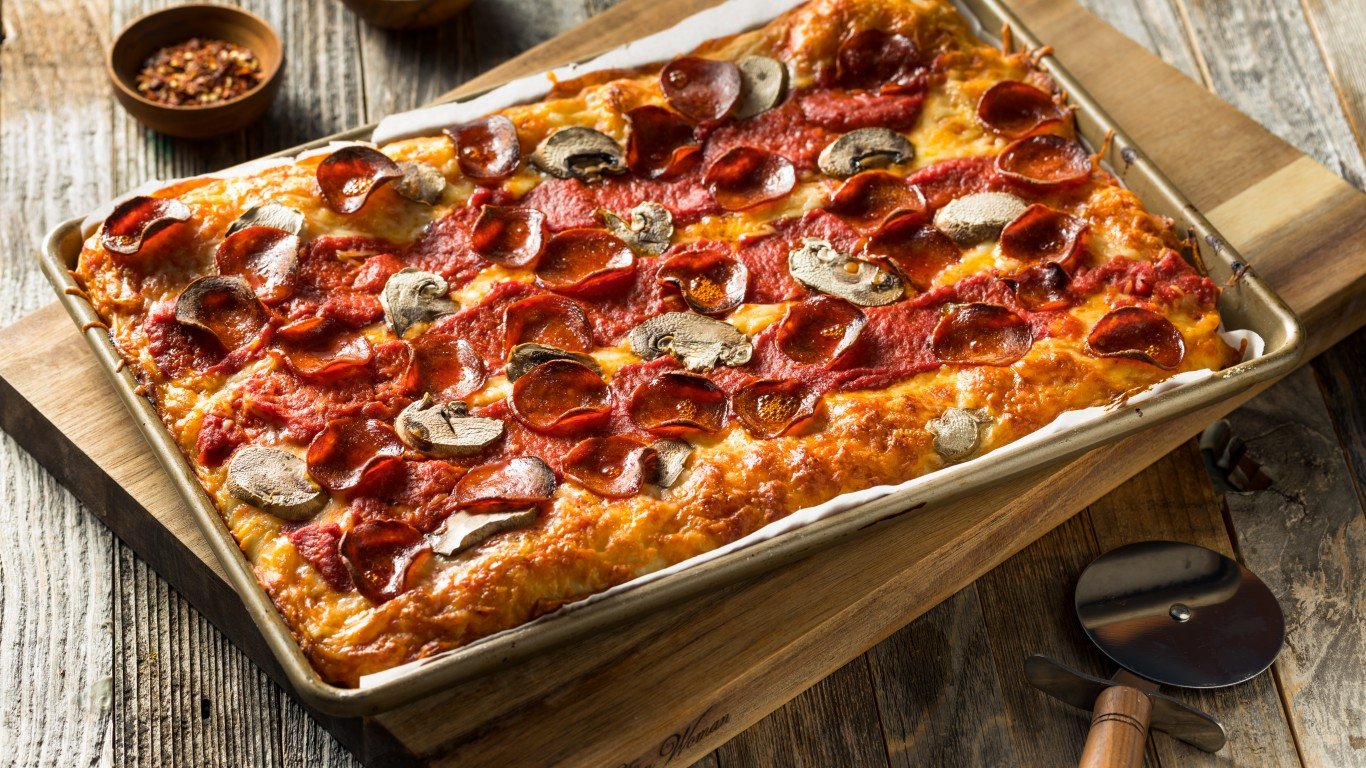
Detroit
This unmistakable pizza style involves a thick focaccia-like crust baked in a steel pan so the edges darken and crisp up. Ample cheese covers the whole surface and a dense tomato sauce is baked on top of the cheese.
Long Island (Grandma style)
This is a pizza based on the improvised versions Italian immigrants, mostly on Long Island, used to make at home. The crust is typically medium-thick, and the most common toppings are simply cheese and tomato sauce (the latter sometimes spread on top of the cheese).
New England (beach pizza)
Apparently created not along the shoreline but in Lawrence, Massachusetts, and found today mostly in that state and New Hampshire, this is pizza with a very thin cracker-like crust, tomato-based pizza sauce that can be cloyingly sweet, and relatively modest amounts of cheese. Two purveyors in Salisbury Beach, Massachusetts – Tripoli and Cristy’s – have a longstanding rivalry over the style (which even its admirers admit is more a cultural than a culinary treasure).

New England Greek
Reportedly developed by an ethnic Greek from Albania in New London, Connecticut, in the 1950s, this pizza has a thick, spongy crust (though not as thick as for a Chicago deep-dish pie) made with a generous amount of olive oil, usually baked in a metal pan on the floor of the pizza oven. Besides whatever other ingredients are added, there’s a lot of cheese and a tomato sauce redolent of oregano.
New Haven
There are those who maintain – not without inciting controversy – that this Connecticut city is the pizza capital of America. It owes that reputation to a pizza-lover’s shrine called Frank Pepe’s Pizzeria Napoletana and to a number of other places in and around New Haven that serve similar pies (most notably Sally’s Apizza and Modern Apizza). While descended from Neapolitan pizza, and stylistically related to the New York interpretation, New Haven pizza is known for its thin (but not super-thin), chewy, irregularly shaped crust, deliciously scorched on the bottom, and for its restrained application of cheese. The most famous example is Pepe’s white clam pie, covered with fresh shelled littleneck clams and garlic.

New York
Probably more or less what many people around the country think of as “pizza,” the New York-style pie is Neapolitan-inspired (with a medium-thin and pliable crust), topped with tomato sauce and shredded mozzarella and whatever else the eater desires (pepperoni is big). Dried oregano, red pepper flakes, and powdery Parmesan are typically served on the side. The definitive New York pizza is large (at least 18 inches in diameter) and cut into wedge-shaped slices, which can be folded lengthwise for eating on the go.
Ohio Valley
Originating roughly 75 years ago in Steubenville, Ohio, and now found in various parts of Ohio and West Virginia, Ohio Valley pizza is baked in a square pan. It has a medium-thick crust slathered with oregano-flavored tomato sauce, sometimes with chopped green peppers added. It’s unlike any other pizza because the toppings, typically shredded provolone, pepperoni, and slightly spicy peppers, are added at room temperature after the pizza comes out of the oven.
Old Forge (Pennsylvania)
If New Haven isn’t the pizza capital of America, maybe Old Forge is. At least it has been known to call itself that. A town of about 8,500 people in Lackawanna County, in Pennsylvania’s northeastern corner, Old Forge has at least eight pizzerias or restaurants serving pizza (the style is also found in the surrounding region). The style that developed, originally to feed Italian immigrant coal-miners, is baked in pans and has a dense crust with crisp edges and bottom. Make that two styles – red (with tomato sauce and a mix of several cheeses) and white (double-crusted with no sauce but lots and lots of cheese). Note: An Old Forge pizza is called a “tray,” not a “pie” and it comes in “cuts,” not “slices.”
Quad City
The Quad Cities – there are five of them, despite the name (Bettendorf and Davenport, Iowa; Moline, East Moline, and Rock Island, Illinois) – have been known since the 1950s for a unique style of pizza that uses malt in the crust, lending it an earthy sweetness. The sauce is spicy, spiked with red pepper flakes and cayenne; the cheese is generously applied; and the sausage, a popular topping, is finely ground. The finished pies are cut into strips – with scissors, not a knife.
[in-text-ad-2]
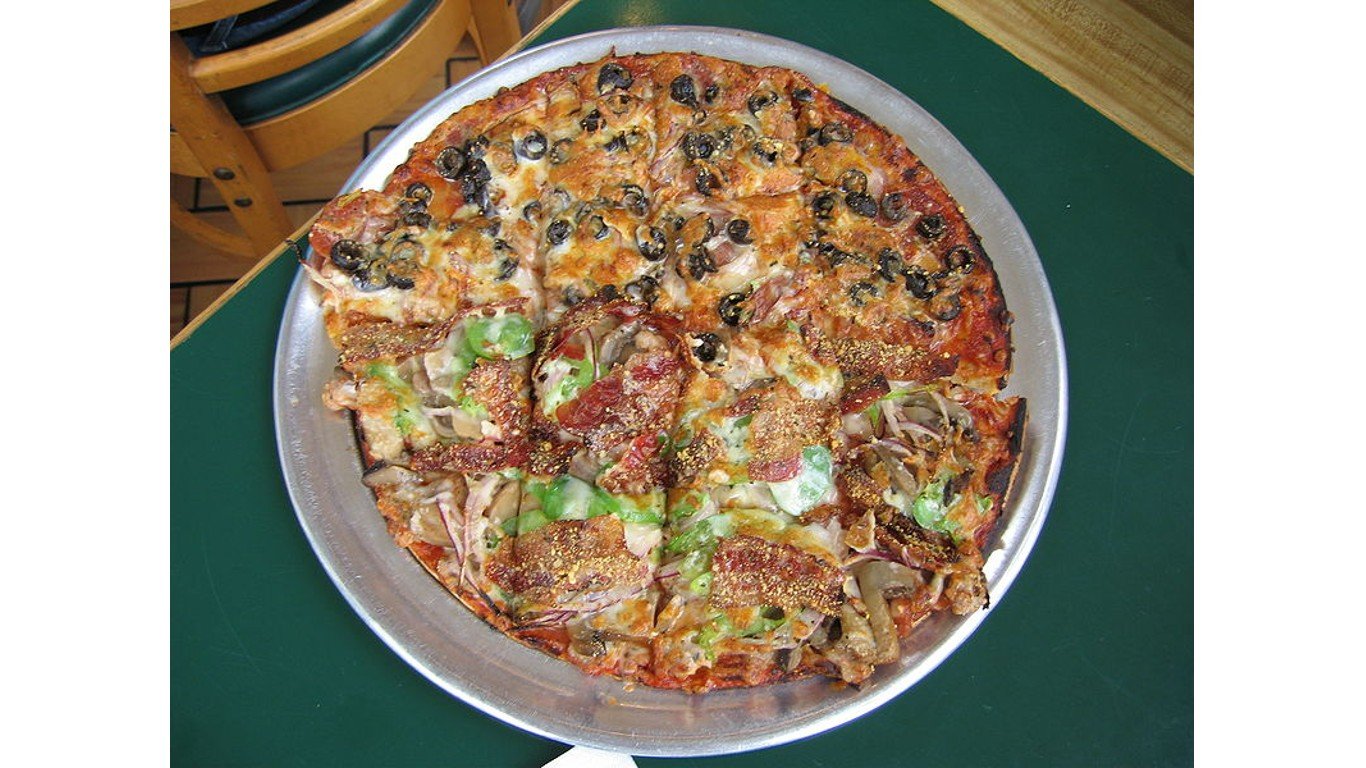
St. Louis
Two things distinguish St. Louis pizza right off the bat: The thin cracker-like crust is unleavened, so lacks even a little bit of height, and the traditional cheese added is a St. Louis favorite called Provel – a proprietary blend of provolone, white cheddar, and Swiss. It’s cut into squares or rectangles – the so-called tavern cut – for serving.
Smart Investors Are Quietly Loading Up on These “Dividend Legends” (Sponsored)
If you want your portfolio to pay you cash like clockwork, it’s time to stop blindly following conventional wisdom like relying on Dividend Aristocrats. There’s a better option, and we want to show you. We’re offering a brand-new report on 2 stocks we believe offer the rare combination of a high dividend yield and significant stock appreciation upside. If you’re tired of feeling one step behind in this market, this free report is a must-read for you.
Click here to download your FREE copy of “2 Dividend Legends to Hold Forever” and start improving your portfolio today.
Thank you for reading! Have some feedback for us?
Contact the 24/7 Wall St. editorial team.

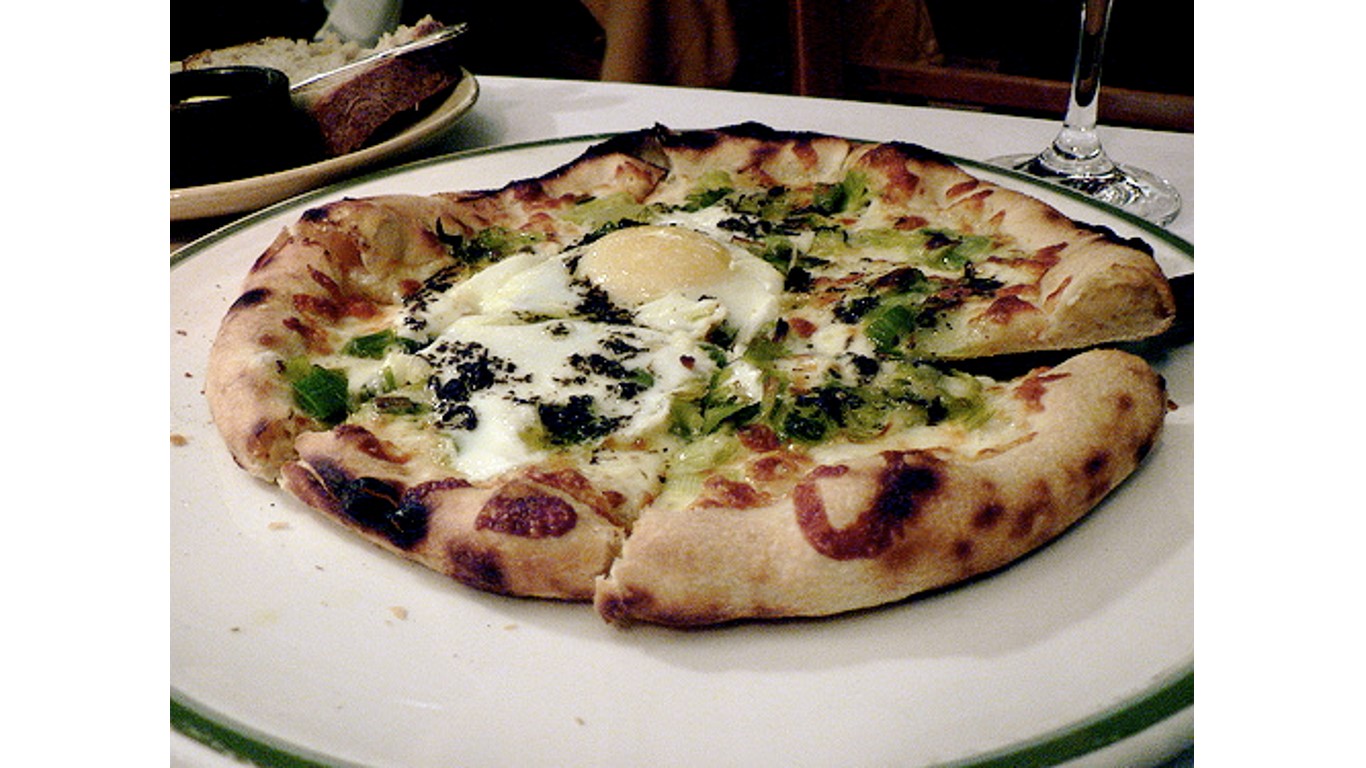
 24/7 Wall St.
24/7 Wall St.
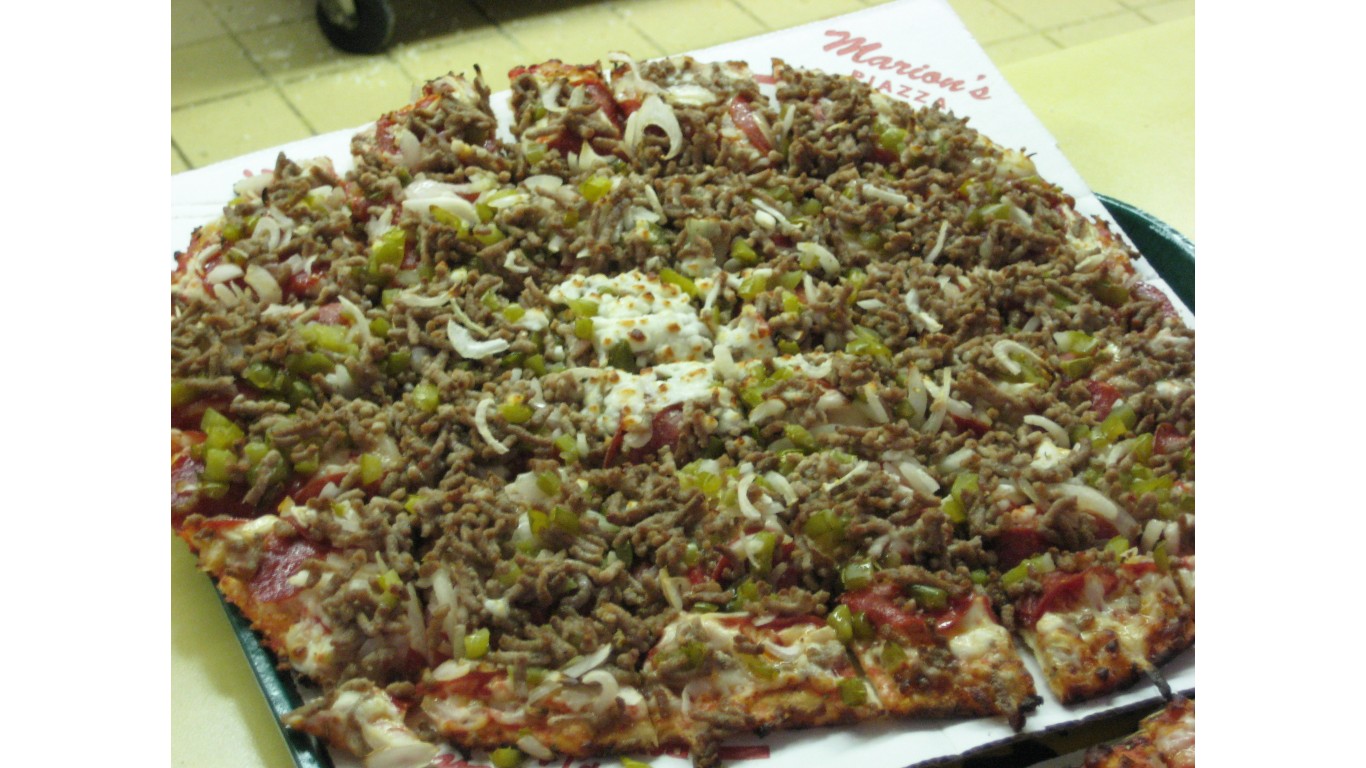

 24/7 Wall St.
24/7 Wall St.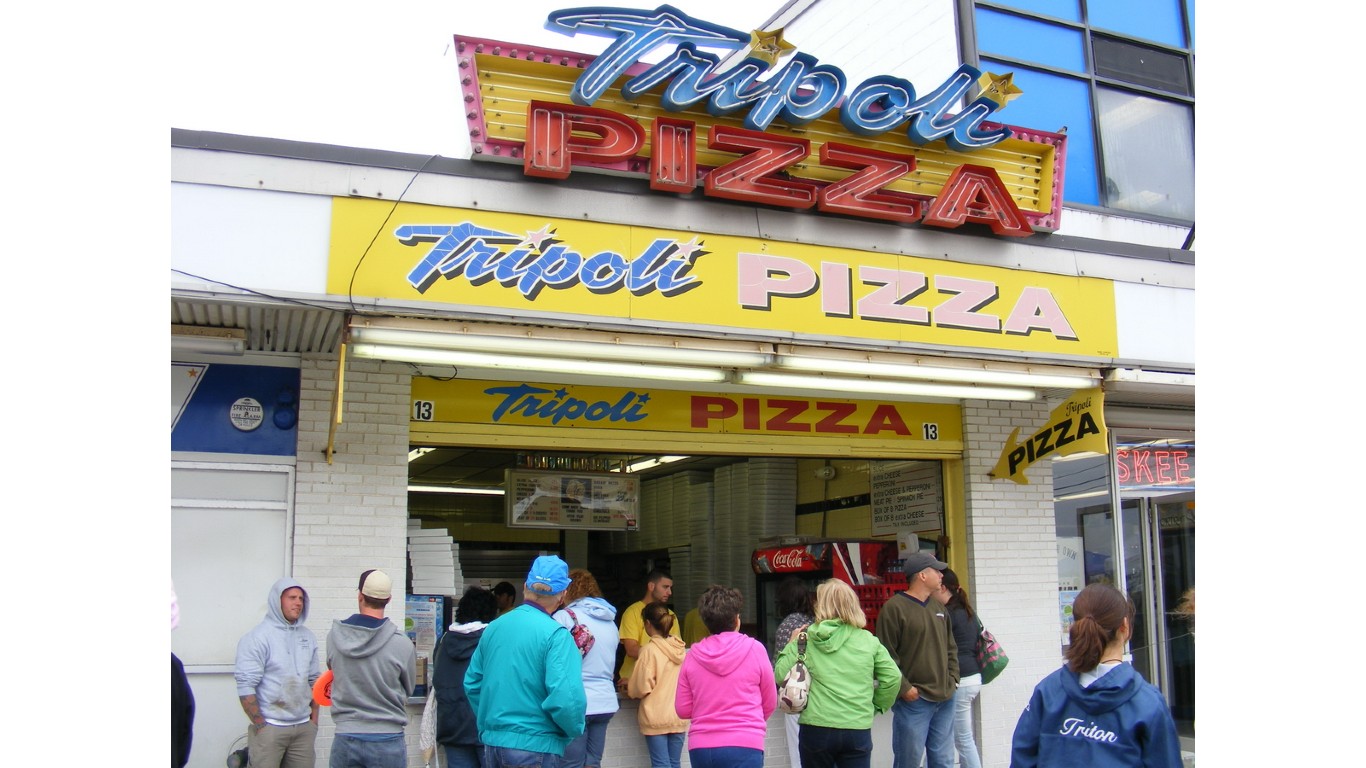

 24/7 Wall St.
24/7 Wall St.
